Activity › Discussion › Art & Craft › Spray painting with tooth brush
Tagged: kidsart, spraypaints, toothbrush
-
Spray painting with tooth brush
Posted by Srinithi on December 7, 2023 at 6:39 pmWhat kind of paints can be used for spraying using tooth brush
sweetie replied 5 months, 2 weeks ago 3 Members · 2 Replies -
2 Replies
-
::
Did you know you can become a mini-artist with just a toothbrush and some paint? It’s like magic! But instead of brushing your teeth, you’ll be brushing colors onto your canvas. Cool, right?
Now, what kind of paint can you use for this awesome activity? Well, there are two main choices:
1. Watercolors: These are great for beginners because they’re easy to clean up and come in a rainbow of vibrant colors. You can mix them with water to create lighter shades or use them straight out of the tube for bolder ones. Just remember, they’re transparent, so they work best on white paper or light-colored surfaces.
2.Acrylics: These paints are a bit different. They’re thicker and more opaque, meaning they’ll cover up anything underneath. They’re also water-based, but they dry faster than watercolors. Acrylics come in tons of colors too, and you can even mix them to create your own unique shades.
So, which one should you choose? Both watercolors and acrylics are fantastic for spray painting with a toothbrush! It all depends on what effect you’re going for. If you want a light and airy feel, go for watercolors. If you prefer bold and vibrant colors, acrylics are your friend.
Let’s Paint with Toothbrushes!
Get ready to be an artist! We’ll use toothbrushes to spray colorful paint. Here’s what you need:1. Create your canvas: Use thick paper or cardboard. Cover your work area with newspaper or plastic to catch any paint splatters.
2. Get your brush ready: Choose an old toothbrush, not your favorite one! Dip it gently in your chosen paint. Remember, less is more!
3. Time to spray!: Hold the toothbrush over your canvas and flick your thumb against the bristles. This will send tiny paint droplets flying! Try different flicking speeds for different effects.
4. Be creative!: Use stencils or masking tape to make shapes and patterns. You can even try different brush sizes and colors for even more fun!
Don’t worry about mistakes – there are none in art! Just have fun and let your imagination run wild. Happy painting!😃🖌
-
This reply was modified 5 months, 2 weeks ago by
Rahul.
-
This reply was modified 5 months, 2 weeks ago by
-
::
Unleashing creativity with a toothbrush and some paint can lead to the discovery of an exciting world of textures and designs. This unconventional approach is a secret weapon in the artist’s arsenal, often deployed for crafting delicate splatter impressions or introducing intricate details to a masterpiece. Depending on the effect you’re chasing and the canvas you’re dancing your toothbrush on, the kind of paint you pick can make all the difference.
1. Dive into the World of Watercolor or Acrylic Inks:
Watercolor or acrylic inks are your best buddies when it comes to toothbrush spraying. These paints have a light consistency and can be effortlessly thinned down with water, paving the way for an elegant spray mist through the bristles of a toothbrush. They are a perfect match for paper and other absorbent surfaces. Moreover, these inks paint the town red – and blue, green, and every other vivid color you can think of – offering artists a rainbow of opportunities for creating diverse effects.
2. Venture into the Realm of Liquid Acrylic Paints:
Liquid acrylic paints are another power player in the game of toothbrush spraying. They possess a thin consistency and can be blended with water or a medium to hit the sweet spot of desired thickness. Liquid acrylics form a sturdy bond with multiple surfaces, including the classic canvas and paper. Artists can mix and match various hues and layering methods to birth dynamic and eye-catching textures.
3. Experiment with Watered-Down Acrylic Paints:
Regular acrylic paints can step into the spotlight of toothbrush spraying too, all they need is a little dilution with water or a specialized acrylic medium. This approach offers the reins of the paint’s consistency directly into the artist’s hands and can be employed on a wide range of surfaces. Artists are encouraged to play around with the paint-to-water ratio to hit their spray effect bullseye.
4. Discover the Magic of Fabric Paints:
Toothbrush spraying isn’t shy of fabric projects – all thanks to fabric paints. Crafted to bind with fabric fibers, these paints promise a durable and vibrant outcome. Artists can use this method to sprinkle details or weave unique designs into garments or textile art pieces.
Before you embark on your creative journey, it’s wise to run a test drive of your chosen paint on a small surface to ensure it’s a match made in heaven and to rehearse your spray effect performance. Moreover, remember to work in a well-ventilated area and don your protective gear, like a mask, when you’re dealing with aerosolized paints to keep things safe and sound.
 Single-digit Addition Math Worksheets & Free Printables
Single-digit Addition Math Worksheets & Free Printables 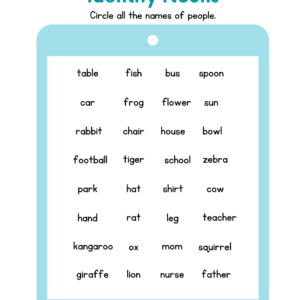 Identify Nouns English Worksheet
Identify Nouns English Worksheet  Mini-break Exercise Flashcards
Mini-break Exercise Flashcards  Seashells Addition Math Games Worksheet for Kids
Seashells Addition Math Games Worksheet for Kids  Writing Missing Numbers 1-20 - Math Worksheets for Kindergartners
Writing Missing Numbers 1-20 - Math Worksheets for Kindergartners 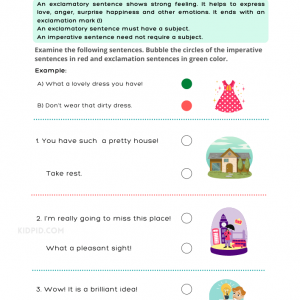 Exclamatory Sentence Free Printable Worksheets for Grade 1
Exclamatory Sentence Free Printable Worksheets for Grade 1 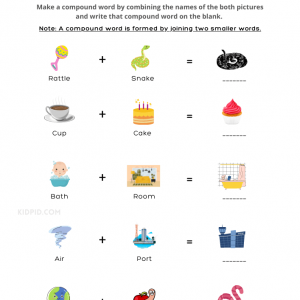 Form Compound Words Printable Worksheets for Grade 1
Form Compound Words Printable Worksheets for Grade 1 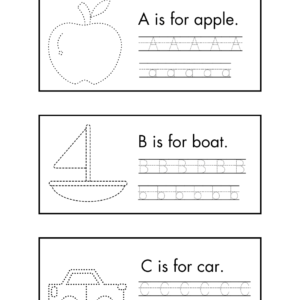 Colorful Tracing the Alphabet Worksheet
Colorful Tracing the Alphabet Worksheet 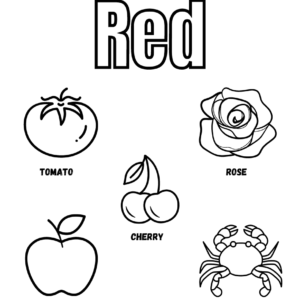 Color Recognition Kindergarten Activity Worksheet
Color Recognition Kindergarten Activity Worksheet  Basic English Vocabulary Words For Kids
Basic English Vocabulary Words For Kids 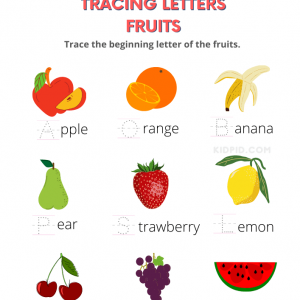 Fruits and Vegetables / FREE Printable Worksheets for Kindergarten
Fruits and Vegetables / FREE Printable Worksheets for Kindergarten  Math Expanded Form Worksheets for Grade 3
Math Expanded Form Worksheets for Grade 3  More & Less Worksheets for Kindergarten - Free Printables
More & Less Worksheets for Kindergarten - Free Printables